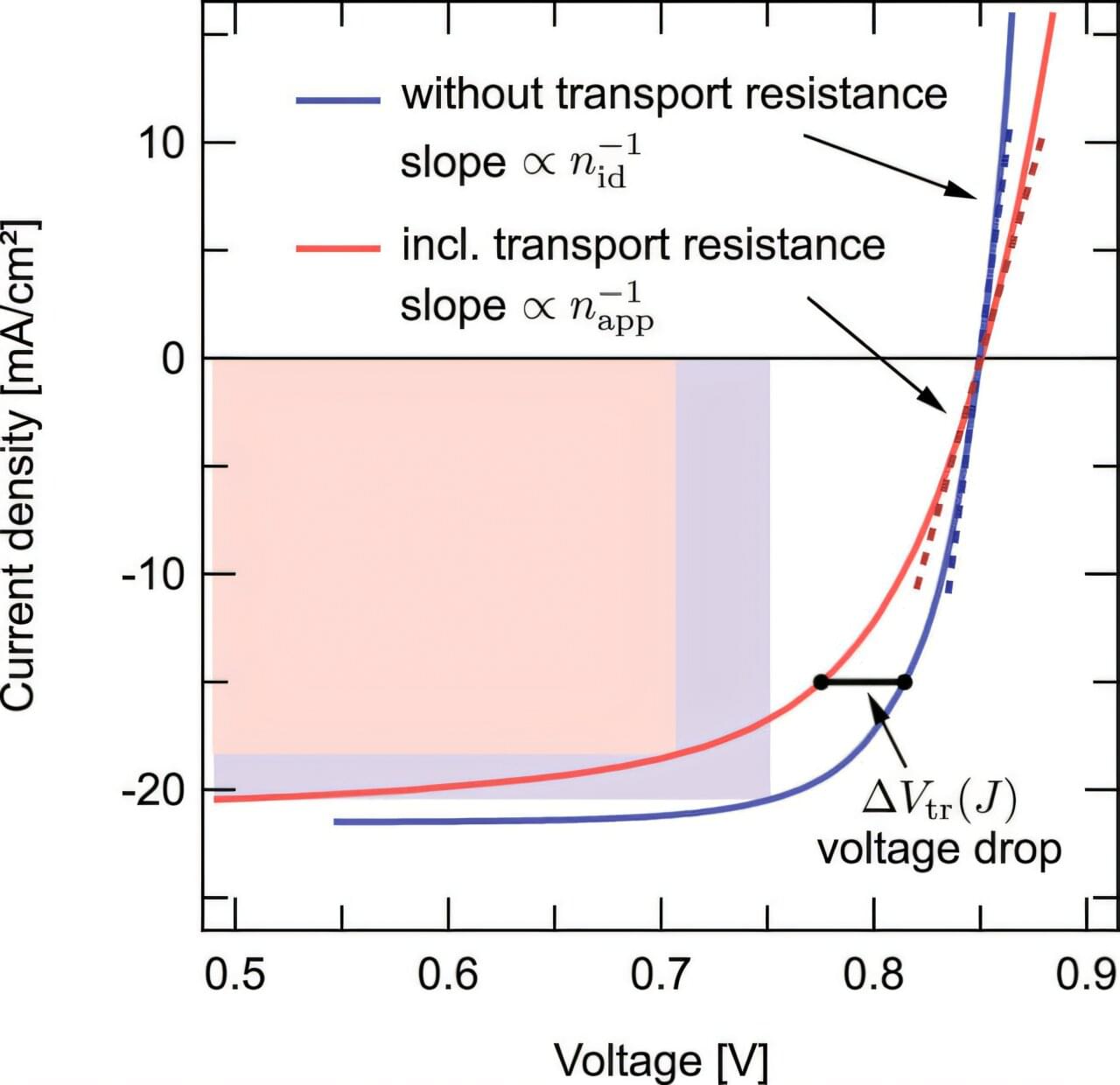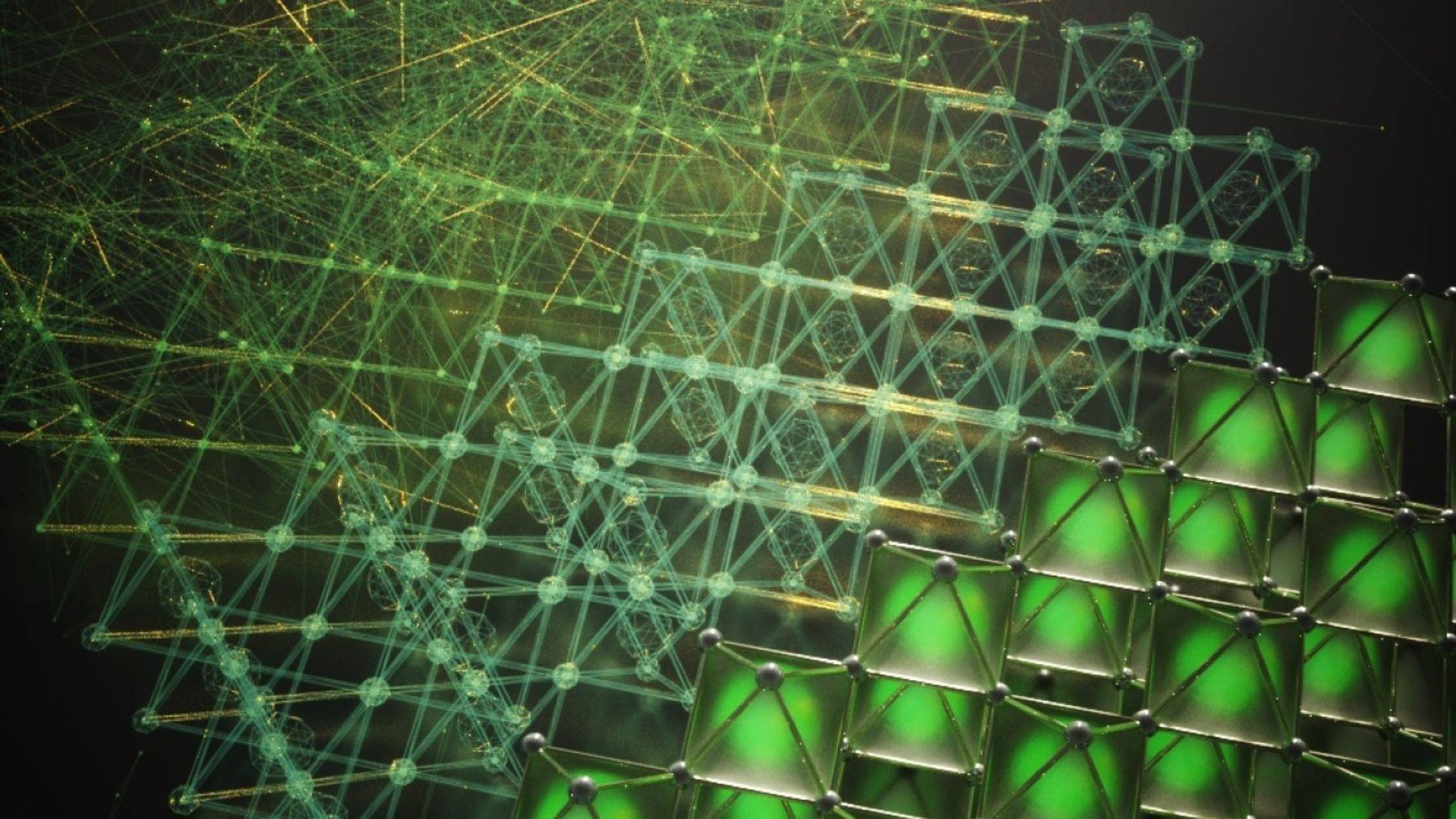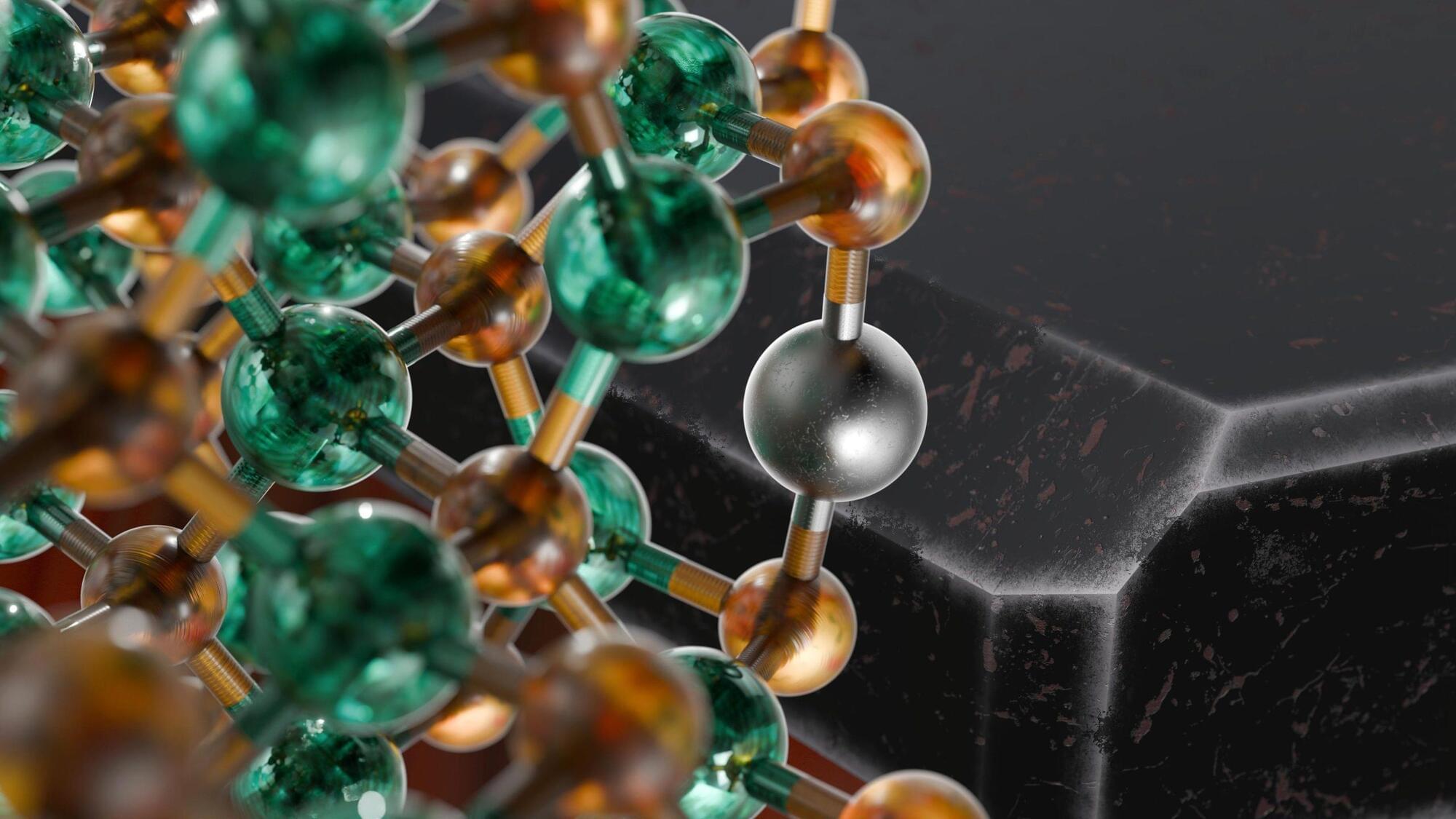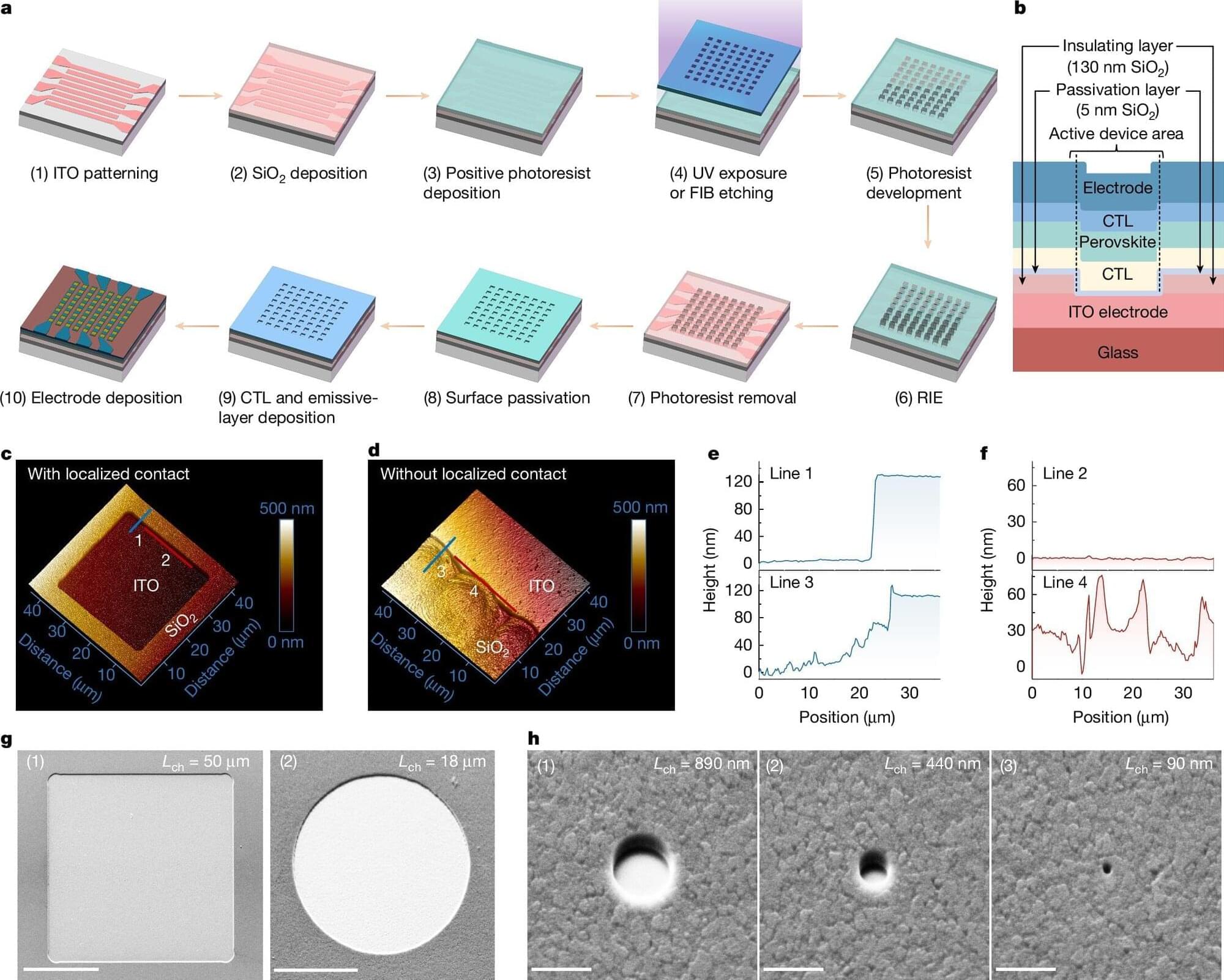Researchers from the Chair of Optics and Photonics of Condensed Matter led by Prof. Dr. Carsten Deibel at the Chemnitz University of Technology and other partner institutions are currently working on solar cells made from novel organic semiconductors that can be produced using established printing processes. The scientists are collaborating interdisciplinarily to fundamentally understand these photovoltaic cells in order to further improve them.
“Organic solar cells can be produced very easily and cheaply using printing processes,” says Deibel. In contrast to established solar modules made of crystalline silicon, however, the current flow in organic solar cells is very slow.
“Due to the production of the solar cells from a kind of ink, the organic, light-absorbing layers are very disordered. Therefore, the current flow is very slow,” explains Deibel. A consequence of the slow transport of light-generated electrons and holes is the so-called transport resistance, which reduces the fill factor of the solar cells and thus the power.







